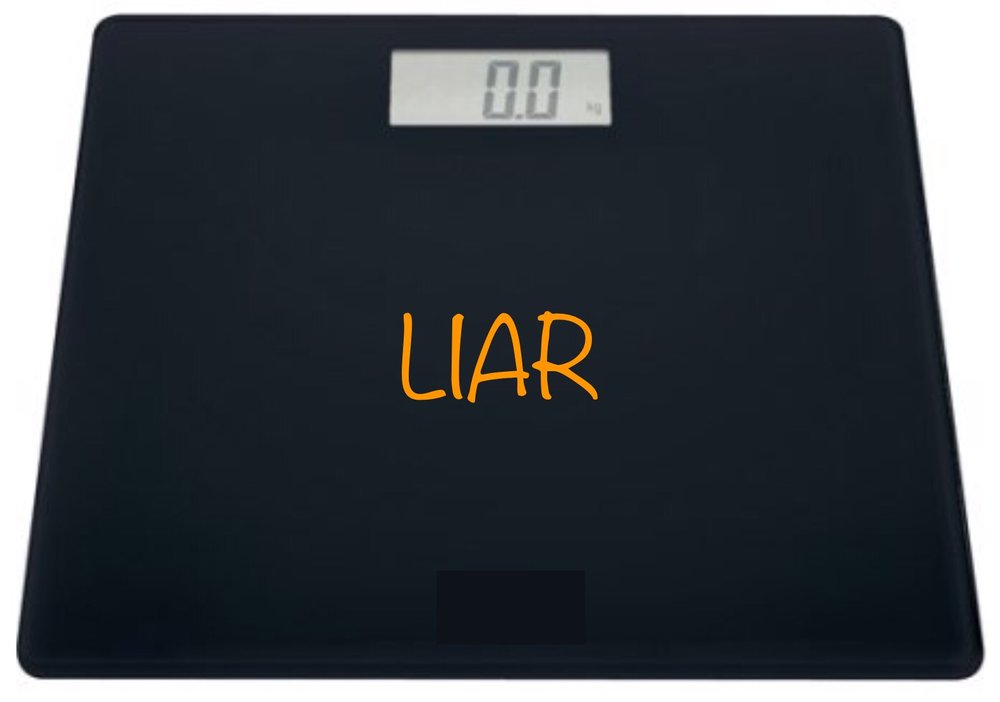
We often get reminders of just how bad the “Internet of Things” is. Whether it’s a “smart” lightbulb that turns itself on and off randomly, or walking the exact same route each day and getting distances from a connected device that vary up to a tenth of a mile, it’s apparent that these devices that are supposed to help our lives are toying with us. Today’s example? A connected smart scale that lied convincingly to me and my wife for about a month.
I’m not going to mention the manufacturer of the device as this could just be a one-off issue, but I will be telling them what happened. It all started when this manufacturer sent me a connected scale to review back in May. I had been quite happy with my previous scale (a first-generation connected scale from Withings) for years, but this new device had several novel features: haptic feedback, full name display, and more.
I gave the scale a five-star rating because of those features and the ease of setup, and my wife and I started using it every day to track the weight of our middle-aged bodies. This summer, I began exercising in earnest, so I was thrilled at the end of September to see a new low weight reading appear on the scale. My wife also saw a weight loss, and we were both pretty happy every morning when we stepped on the scale.

The weight loss appeared to be real — pounds were coming off at the rate of about one or two a week, and this was happening for both me and my wife. By last week, it appeared that both of us had lost about 10 pounds in a little over a month.
We were slapped back into reality today. As I was moving the scale to get it into a position to weigh myself — something I do each morning — my hand slipped and the scale dropped about a half-inch. No problem, right? It’s an electronic device, and bumping it shouldn’t cause any problems…
Imagine my surprise when I stood on the scale and it not only showed a weight 10 pounds above what I saw yesterday, but asked me to identify myself because — in its silicon mind — I couldn’t be Steve and weigh that much.
My wife had the same depressing thing happen when she weighed herself. To see what our “real” weight was, I dragged out the trusty old Withings scale and stood on it…and was saddened to see that it also showed the higher weight.
So what happened? Obviously some sensor in the scale had been slowly failing for a month or was out of place, and dropping the scale whacked it back into shape. After a month of actually feeling like exercise and good eating habits were finally beginning to pay off, our bubble of happiness was popped.
What can we do to see if connected devices are lying to us or telling us the truth? Use a second device to verify results. With the faulty scale, the “weight loss” was so gradual that it seemed like it was real, but if we had either used the Withings or another scale as a backup, we would have noticed quickly that something was awry.
Let me conclude with a cautionary word to readers: don’t trust your connected devices. Just because they’re electronic and connect to a smartphone doesn’t mean that they’re any better than their old mechanical counterparts. They’re supposed to make life easier for us by doing things like logging our weight automatically every day, but unless we — or the devices themselves — can check their accuracy regularly, they’re not worth the extra cost.
Personally, I can’t wait to take the offending scale to the range for target practice…
